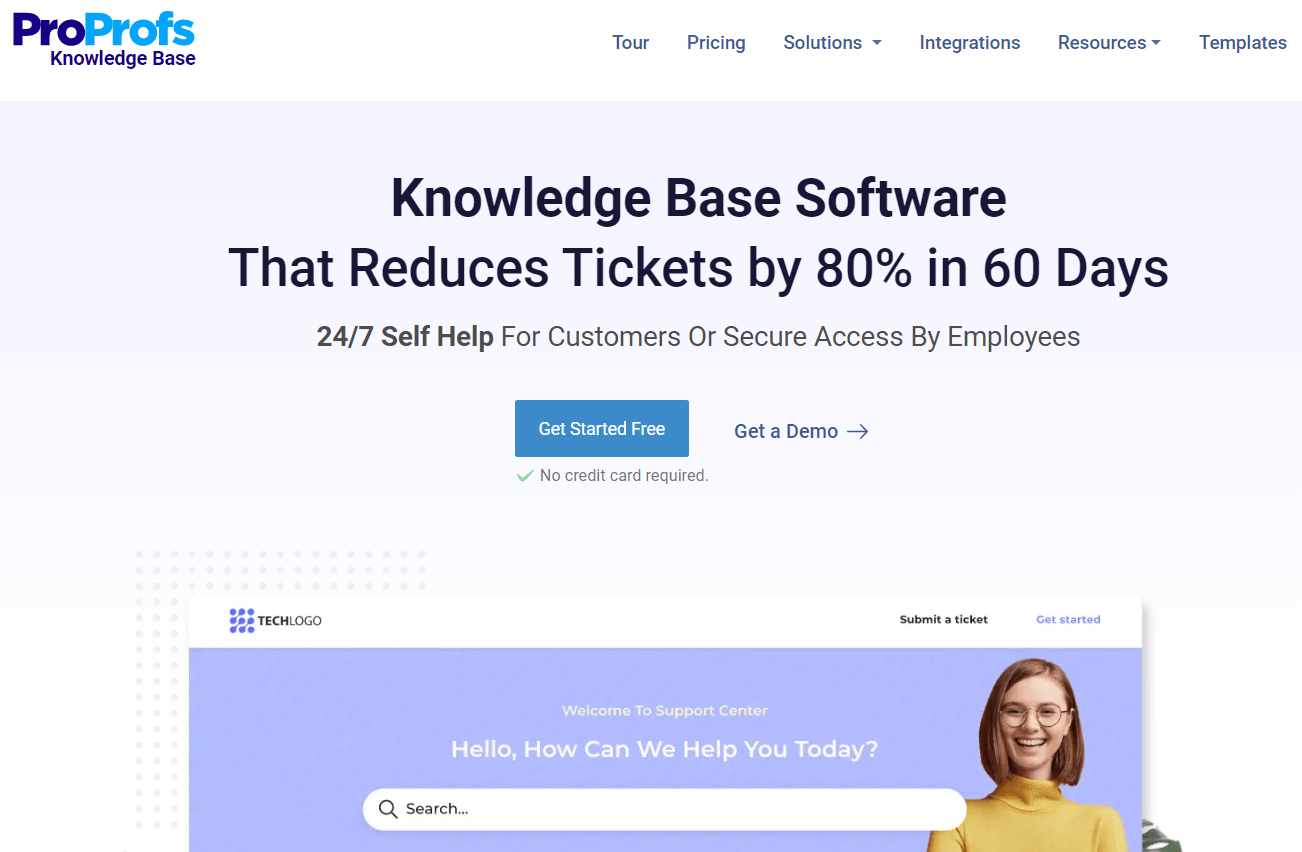Are you one of those organizations struggling with stagnant growth and stunted innovation?
Well, it’s time you took your organization towards the learning curve and changed for the better.
At a time when the competition is at its peak, technology is advancing, and customer preferences constantly shifting, sticking to old ways is extremely risky. The chances to survive are bleak if you are not well-prepared for these mounting forces.
Continuous learning and development is the only way forward to combat the competition and win the market.
That’s where organizational learning steps in. It is a process of knowledge creation, retention, and transfer within an organization. It focuses on gaining knowledge, experiences and leveraging them to grow and innovate.
Dive into this blog to learn everything about organizational learning.
It’s time to learn, act, and succeed.
What Is Organizational Learning?
If you won’t alter your ways and keep up with the changing business world, you will be left behind. Period.
Organizational learning can help you out. It is a process that helps you build a learning-focused work ecosystem. It lets you learn from your experiences, successes, and failures and translate that knowledge into meaningful actions. This knowledge can be related to your customers, business processes, employees, product development, and much more.
The organizational learning theory takes into account both micro (individual level) and macro (long-term and at a large level). While the former can happen in just a few minutes, the latter takes a considerable amount of hours and days.
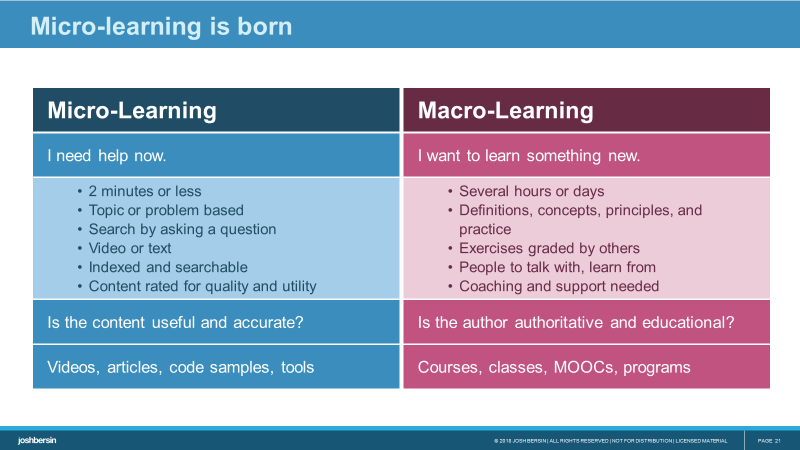
This knowledge can be leveraged to boost employee productivity, spark innovation, and improve overall business growth.
For example, creating and sharing knowledge and experiences on how to deal with frustrated customers can help your customer-facing team tackle customers in a better way.
Why Is Organizational Learning Critical for Your Business?
You might have formal learning and development programs, but that’s not enough. For long-term success, you need a much broader and deeper learning process that involves all your employees and departments.
A successful learning culture is way beyond formal training. It creates a learning-centered environment, allowing your workforce to seek, share, and use that knowledge to innovate and take your business forward.
These attention-grabbing benefits of organizational learning will convince you to implement it right away. Go through them to understand why organizational learning is important for your business.
1. Productivity Surge
Employee productivity hits when information is not readily available. Besides, lack of skill development and in-depth knowledge about subjects lead to increased shoulder taps, email chaos, and lost time. All of this contributes to productivity loss.
Organizational learning creates a work culture where employees can enhance their knowledge, learn new skills and stay at par with the industry trends. This allows them to be their productive best at work and contribute towards your business goals.
2. Increased Agility
With the business environment changing rapidly, you have no choice but to walk fast and keep pace with others. With an organizational learning approach, you are better positioned to adapt and compete in the constantly changing environment. This is how you become more agile and market-ready.
Learning at the individual level cannot bring a massive difference in how your business works. But, when learning at the workplace is embedded in your organization, it leads to continuous improvement, better adaptability, and more innovation.
3. Improve Your Bottom Line
Organizational learning can directly impact your profit. It is a straightforward connection. With your employees becoming more knowledgeable, skilled, and updated, every team is bound to perform remarkably well.
That means every department, be it sales, customer support, product, or marketing, will generate never-before-seen improvements, leading to overall business success. The better your products and services are, the more satisfied your customers are, the higher profits you will clock in the long term.
4. Create Experts and Leaders
Organizational learning builds an environment of knowledge sharing and retention. Over time, regular access to critical information turns employees into experts and leaders who know their work to the core.
They are adept with the work processes, market trends, industry news, and most importantly, the skills required to excel in their departments. Imagine if every employee possesses this knowledge, it will make your workplace so much knowledge-driven and growth-focused.
Besides, organizational learning also strengthens your competitive edge, improves employee retention, and takes your business growth to the next level.
Essential Elements of Organizational Learning
A well-crafted organizational learning strategy is a magical tool that can make you fit for the changing market and increasing competition. This strategy empowers your employees to seek knowledge and apply it to their work, making the process to achieve your business goals much faster and smoother.
Here are the top elements to help you formulate and execute a powerful organizational learning strategy.
1. Clearly-Defined Scope & Goals
What is the ultimate goal of the strategy? What business areas does it cover? What are you exactly trying to achieve along the way?
These are some important questions that you must ask yourself while creating the learning strategy. Defining the scope and goals of your strategy is a good starting point to achieve the intended results in the end.
2. Clear KPIs
At a time when the strategy is in full swing, how do you measure whether it’s really working for your organization or not? That’s where KPIs come into play. They help you measure and monitor the success of the strategy, helping you identify gaps and improvement areas so that you can take corrective actions on time.
3. Well-Defined Roles
Which employees will be working on this strategy? Who will be responsible for what? Will only one person helm the entire knowledge gathering process? Ask yourself these questions while designing the learning strategy.
You might want the best minds to work on this initiative to gain maximum success. Therefore, it’s critical to define the roles of each member of the learning team and let things take good shape over time.
4. Aligned With Business Goals
Organizational learning should help you achieve your business goals. That can happen only when the organizational learning plan is aligned with your business objectives. For example, if you aim to achieve more sales in the next quarter, the strategy should work on inculcating the required skills in your sales staff.
5. Learning Tools
Organizational learning is not a one-off activity. It’s a continuous process spanning across departments and teams. Given the scale at which this process is adopted, you need the right tools to streamline things and achieve positive results. For example, you can deploy a knowledge base software for easy knowledge gathering, sharing, and management.
We are finally done with the basics – organizational learning definition, strategy, and benefits.
It’s now time to deep dive into the creation part.
How to Build a Culture of Organizational Learning – The Secret Spilled!
There are three pillars to foster a learning-focused organizational culture:
- The learning environment
- Streamlined Learning processes
- Excellent leadership
According to HBR, these are the three building blocks that help you create a tremendous organizational learning culture. Let’s dive into each of these.
1. A Supportive & Inclusive Environment
Employees’ success at the workplace depends on how comfortable they are. Confidence stems from this comfort and helps them perform their duties in the best way possible.
Employees should feel safe and an integral part of your organization. They should have a sense of belonging, as that will urge them to treat your business goals as their own goals.
Here are a few tips and tricks to create an inclusive and welcoming work environment.
✅ Welcome New Ideas
Whether or not employees freely share new ideas and take risks depends on how welcoming and supportive the work environment is. When employees realize that they are not looked down upon when they share their ideas and perspectives, the hesitation they have disappears in thin air.
An open, non-judgmental culture creates a psychological safety net that allows employees to voice their opinions and ideas, take risks, and explore uncharted territories.
✅ Give Time for Thoughtful Reviews
Learning can halt when employees are overworked and stressed. When the pressure of deadlines is high, and frustration is at its peak, learning is compromised. A supportive learning environment gives employees the much-needed pause in their busy schedules so that they can think, analyze, and learn from their experiences.
2. Powerful Learning Processes
When a learning culture is integrated deep into your system, it is bound to bring a substantial difference in how your organization works.
But for that to happen, you will need to have a concrete learning process. Let’s look at how you can create such a process to boost organizational learning.
✅ Plan it
There should be a proper system in place to create an organizational learning culture. Encourage your team to spend some time in a week to enhance their subject knowledge or take up a new activity.
Make way for sessions like ‘Think Tank’ or ‘Brainstorming Day,’ when employees just focus on new ideas, activities, and skills. Schedule weekly, monthly or quarterly meetings with teams and encourage them to share insights and experiences.
✅ Provide a Platform for Knowledge Sharing
Create a powerful platform where employees can share their knowledge, experiences, and observations without disturbing their ongoing tasks.
For example, you can have an online knowledge base that allows employees across levels and departments to contribute and access knowledge at their convenience. This means they can learn anytime and anywhere they want without any time or place barriers.
✅ Get Feedback
For any process to be successful, feedback is essential. You will not know how effective the process is till you don’t get inputs from those at the receiving end. You can conduct online surveys to find out employees’ pain points, improvement opportunities and modify your learning process accordingly.
3. Walk the Talk Leadership
There is a reason leaders are leaders. They have a significant influence on how your employees work and behave in the workplace. For organizational learning to seep in your culture, leaders have to lead by example. It is their actions that urge employees to follow suit and partake in the learning process.
When those at the top question, discuss and listen to employees, it reinforces the learning culture. If leaders themselves focus on knowledge creation, transfer, feedback, and constant learning, the culture is likely to thrive.
When leaders demonstrate a willingness to learn, accept feedback and opposing points of view, employees feel encouraged to share their ideas without hesitation. It’s your leaders that set the foundation for the learning culture.
That’s why you need to ensure those at the power are doing it right. Leaders should constantly show enthusiasm to learn and develop if they want employees to do the same.
Now that you know how to build a supportive organizational learning culture, it’s time to understand how a knowledge base can help you in the process.
FREE. All Features. FOREVER!
Try our Forever FREE account with all premium features!
A Knowledge Base Can Boost Your Organizational Learning. Here’s How
For a structure to be long-lasting, the foundation has to be strong. The principle applies to organizational learning techniques as well.
While most businesses give lip service to organizational learning, you can put it to action and reap the results in less time, with a knowledge base software.
In recent years, technology has spawned new ways of learning and working. Conversations, work, and knowledge has moved to digital platforms, as employees have now become more tech-savvy and digitally active. For organizational learning to work wonders and generate intended results, it has to be technology-driven.
That’s where knowledge base software comes in. It helps you build an online knowledge portal where company information and training materials can be securely stored, shared, and accessed for a convenient learning experience.
Let’s dive into the various ways a well-crafted knowledge base boosts organizational learning –
1. Centralized, 24×7 Access
Today’s digitally-inclined employees want everything at their fingertips, be it food, clothes, or information. Organizing long training sessions is expensive and does not guarantee knowledge grasp and retention.
A company-wide knowledge base makes learning a piece of cake. Whether it is 8 in the morning or two at night, employees can access the knowledge base anytime to enhance their knowledge, learn new concepts, or simply get a piece of information.
It’s a centralized, one-stop portal that consolidates critical information to help employees learn faster and work smarter.
The best part is it supports both micro and macro learning. For instance, if employees need help with a particular task or project, they can turn to your knowledge base to get quick answers in seconds. On the other hand, for macro learning, a knowledge base offers detailed guides, training materials, videos, and images.
Employees can refer to the knowledge base any number of times until their purpose is achieved and questions are answered.
This is how a knowledge base looks like.
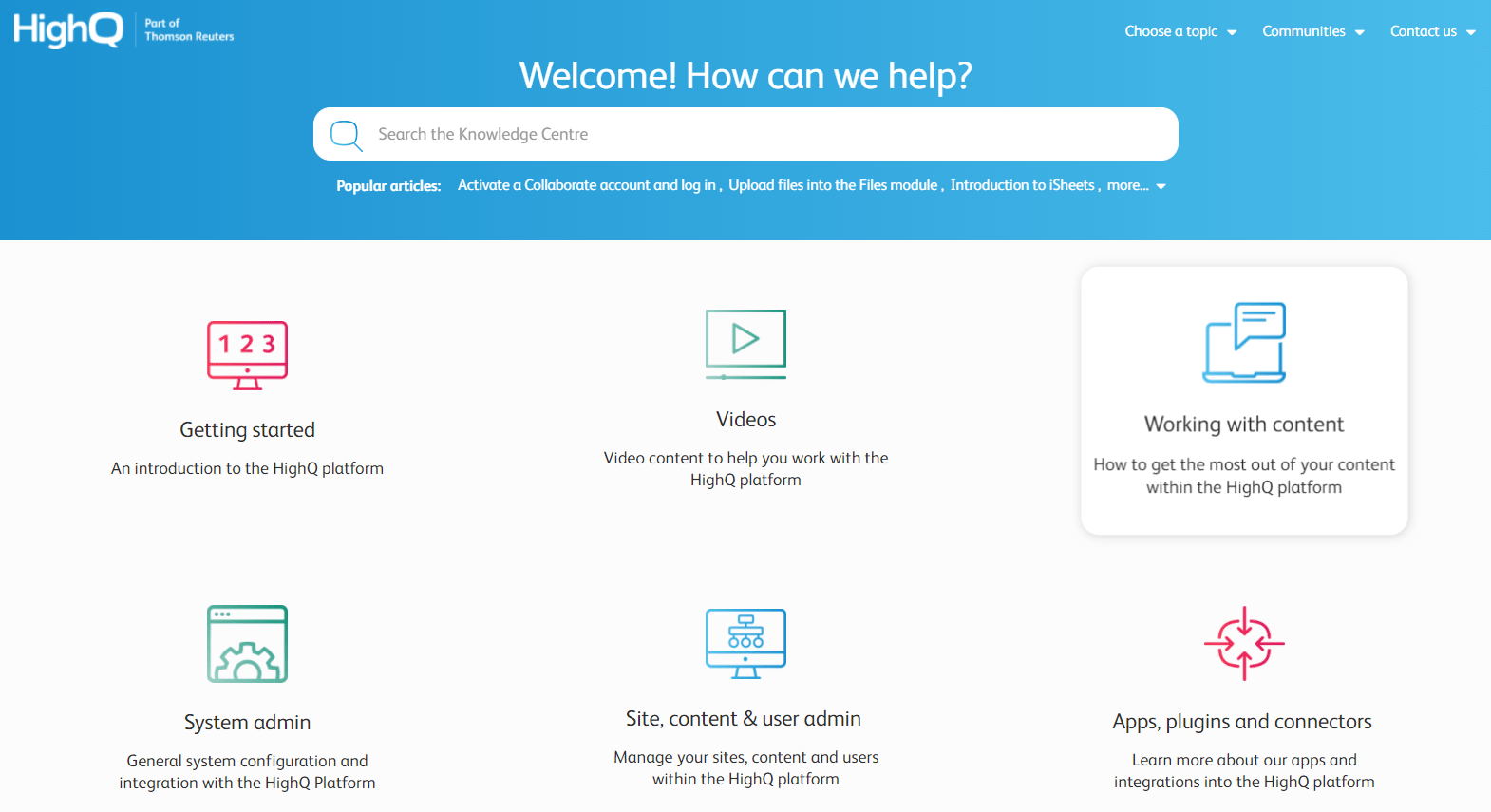
HighQ – Powered by ProProfs
Get to know more about a knowledge base in this video –
2. Easy to Write, Edit, & Collaborate
With a knowledge base, you can be unperturbed about how to write and edit content. It comes with rich editing functionality that makes writing and editing effortless. There is an editor that functions like MS Word, so you can imagine how convenient the content creation process would be.
Another important thing to note is that you can involve various teams and employees to contribute to knowledge base creation. That would ensure that the responsibilities are divided among different people, and no one person has to take complete charge.
It is a great way to increase collaboration and ensure that the best and most updated information goes into your self-service portal.
While some employees can be contributors – those who collect and jot down all information, others can be editors – the ones who vet the content. You can also appoint administrators to oversee every activity taking place in the knowledge base. For example, they can change the settings, add, manage, and delete users.
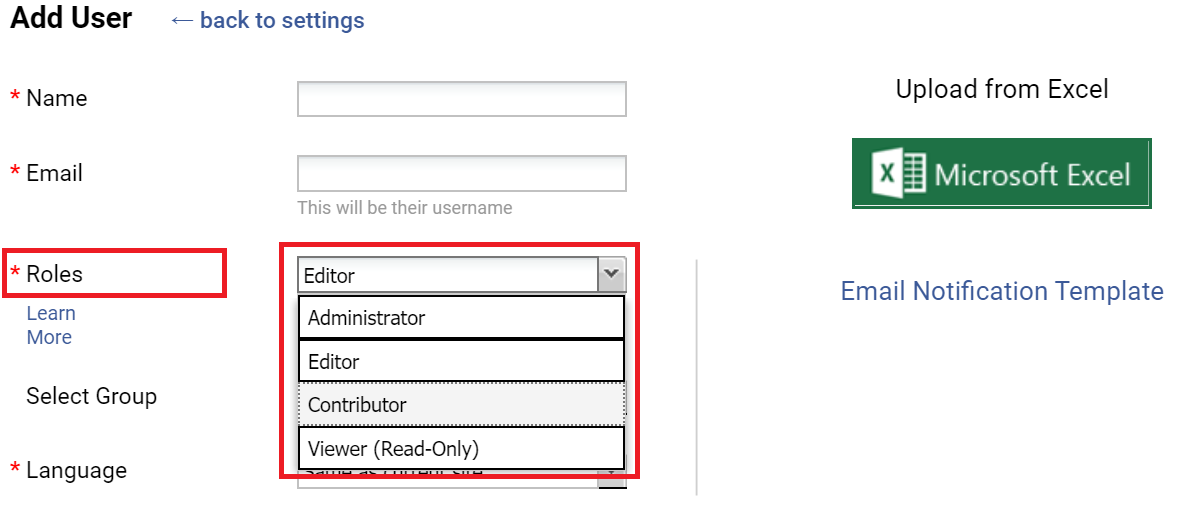
3. Effortless to Search and Navigate
The ultimate goal of a knowledge base is to make learning convenient for employees. That is possible, mainly because of its smooth search and navigation system.
An employee visiting a knowledge base shouldn’t get disappointed with information taking more than the expected time to show up in the results. Instead, it should offer quick answers to employee questions and make the learning process utterly seamless.
A well-structured and highly-searchable knowledge base has a table of contents with information divided into various categories and subcategories. It also has a super fast search bar that delivers information in seconds. What more? Internal articles are linked together to make it easy for employees to navigate through the knowledge base.
Here’s an excellent example of a knowledge base that has all these elements in abundance.
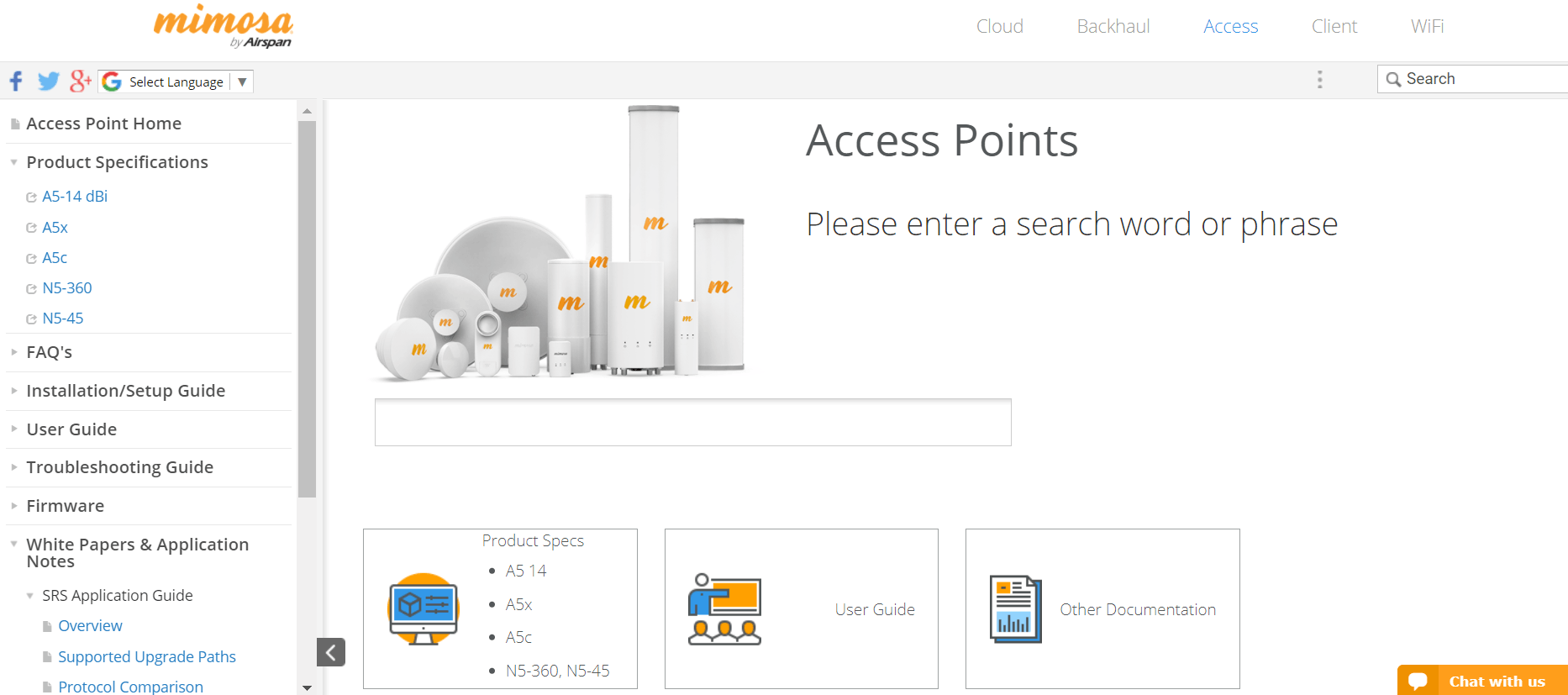
Mimosa – Powered by ProProfs
FREE. All Features. FOREVER!
Try our Forever FREE account with all premium features!
4. Gives Instant Feedback on Articles
You have a learning process and all training materials in place. But, what is the guarantee that employees find it useful? To get a peek into what your employees actually feel about the training content, you need to ask them for feedback.
Fortunately, a knowledge base makes the feedback process pretty simple. You can add a feedback form at the end of each article, asking employees whether they found the article helpful or not.
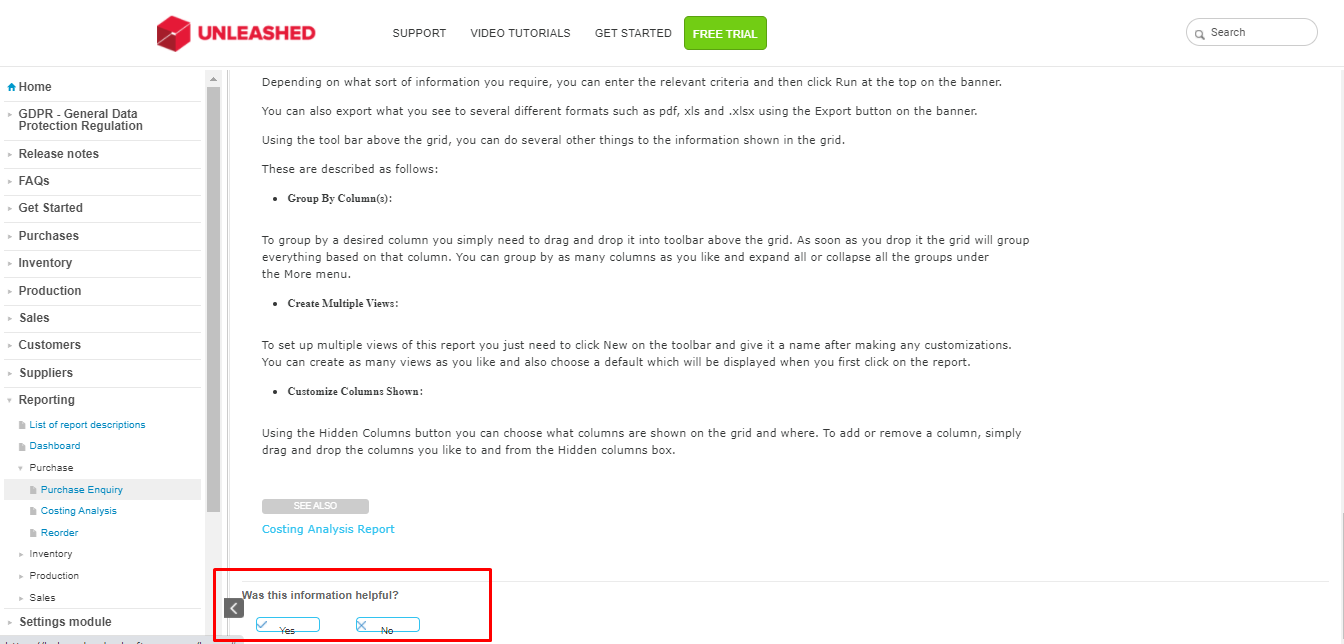
Launching employee satisfaction surveys and polls is another effective way to capture employee feedback. Create a survey and embed it at suitable spots in your knowledge base for quick and relevant feedback.
Since creating a knowledge base is not a one-off activity, you have to constantly take employee feedback and add considerable value to the content.
5. Helps You Identify Knowledge Base Gaps & Employees’ Pain Points
A knowledge base with an AI-powered reporting system is a great tool to get a sneak-peek into what’s happening behind the curtains. On the surface, everything looks rosy. It’s only when you dig deeper that content gaps and employee pain points show up.
With a built-in knowledge base reporting system, identifying improvement opportunities is possible. You can use it to:
- Spot articles that get the most reads, upvotes, and downvotes
- Identify keywords that fail to yield relevant results
- Find inactive and broken links along with their page titles and much more.
If you have any questions regarding:
- What content is the most used by employees?
- Which topics are the most popular and have the potential to be converted into full-fledged training programs?
- What is it that employees do not find relevant in your knowledge base?
Reports give you accurate answers to these questions and many more. Leverage the insights they provide to improve your knowledge base and advance your organizational learning.
Learn more about reports in this short video.
Future-Proof Your Workforce & Let Your Business Shine
How can you survive the intense competition with incompetent employees?
How can you make a mark in the market without changing your ways and keeping pace with the competition?
You simply cannot. Organizational learning is indispensable to surviving and succeeding in today’s marketplace. It might seem challenging at first, but it’s the need of the hour that can keep you afloat and competitive.
Just paying lip service to organizational learning and launching a few formal training programs is not enough. You need to instill learning in your culture. That can happen when you have a supportive work environment, concrete learning processes, and action-focused leadership.
Not to forget, the right tool like a knowledge base software is equally important to make organizational learning convenient for employees.
 Tips
Tips
We’d love to hear your tips & suggestions on this article!
FREE. All Features. FOREVER!
Try our Forever FREE account with all premium features!

 We'd love your feedback!
We'd love your feedback! Thanks for your feedback!
Thanks for your feedback!



